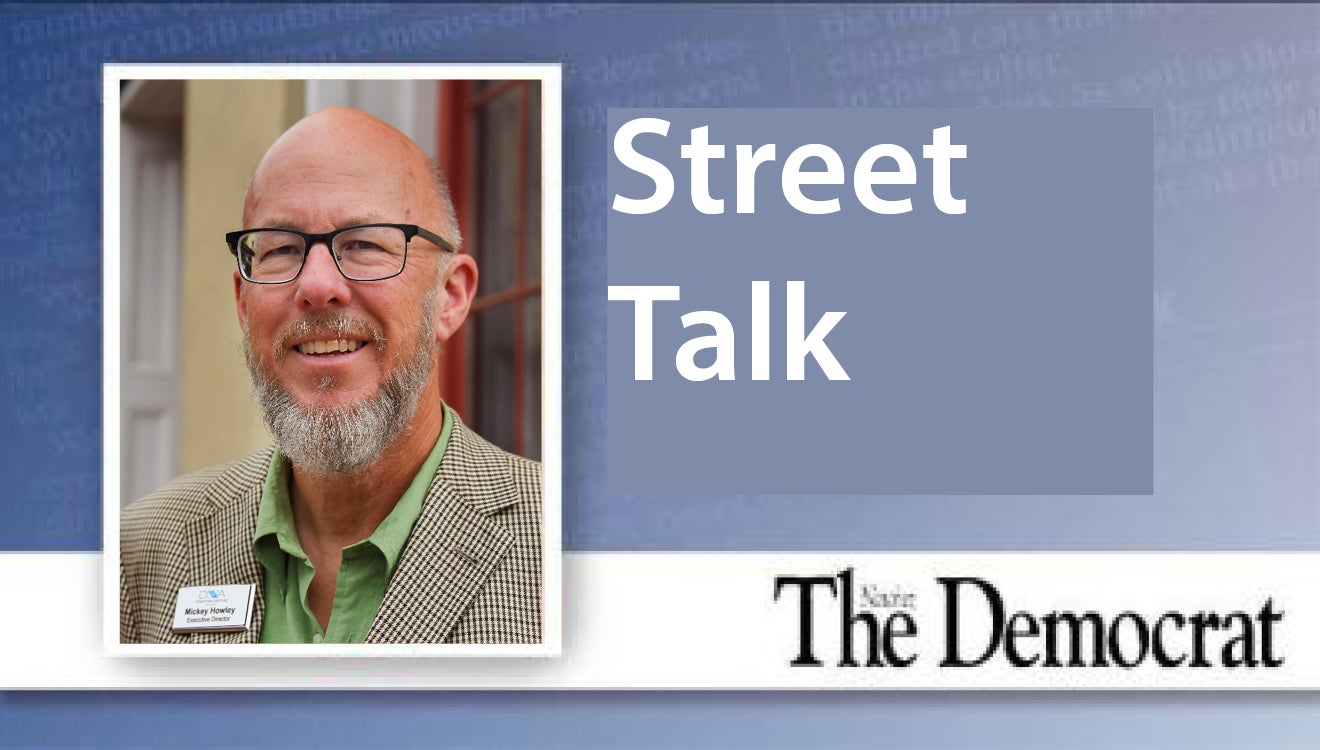More of us staying put these days
Published 3:40 am Monday, December 18, 2023
|
Getting your Trinity Audio player ready...
|
I’ve always up for good origin story. This time of year, the holiday season, there’s a lot of people on the move trying to get back to where they’re from, heading back to their hometown and to see the family that might still be there. It’s those stories of where your family came from and where do you go back for the holidays, I find interesting. If there is one thing about the modern American experience of the last 100 years is that we are a very mobile society.
The Western Europeans that I know have always said that about Americans with some admiration, that Americans seem to be able to move to where the jobs are. That once was the case and still is, though not as much. I remember years ago the Houston Chronicle had the largest help wanted section of any newspaper in America. That’s back when people read newspapers for jobs.
We don’t move as much as we once did and all that mobility for economic betterment comes at a price. Better for some, less for others. All those people must come from somewhere with the vast majority being U.S. citizens doing an internal migration.
There’s been a steady pattern of small places losing population not necessarily to big cities, but the periphery of big cities, especially in the South. Places like Dallas, Houston, Atlanta Nashville, and Charlotte. Those metro areas grow via population decline in smaller towns and rural counties throughout the United States.
The most recent numbers of the internal migration rate is at 8.7%, which is near the lowest domestic migration rate in three-quarters of a century. There’s been a post pandemic rebound, but not much, with the familiar pattern returning. The biggest increases are people moving far away, so long distance moves.
The recent rates are a far cry from the late 1940s through 1960s, when roughly 20% of Americans moved annually. Back then, the U.S. population was younger and more likely to rent homes, young people and renters have higher migration rates than older age groups and homeowners. There were also more single-earner households, making it less difficult to move the entire household when that earner found a job elsewhere.
The highest migration rates are among young adults ages 20 to 34 and their children under age 10. The greatest reduction in migration over these years occurred for these same age groups, especially between the Great Recession and the pandemic.
I’m aware that people will move away, but there also must be that inflow of people moving to a place. Often it is the combination of the job with the community as the deciding factor.
My own personal litmus test of a place and how attractive it is to want to live in is by heading to the downtown. Is there a solid downtown? Can I imagine myself here? I think a lot of these decisions to move or stay happen at this time of year. That’s how these origin stories begin.
Mickey Howley is the executive director of the Downtown Natchez Alliance and can be reached at mickey@natchezDNA.org or 601 443-3350.







